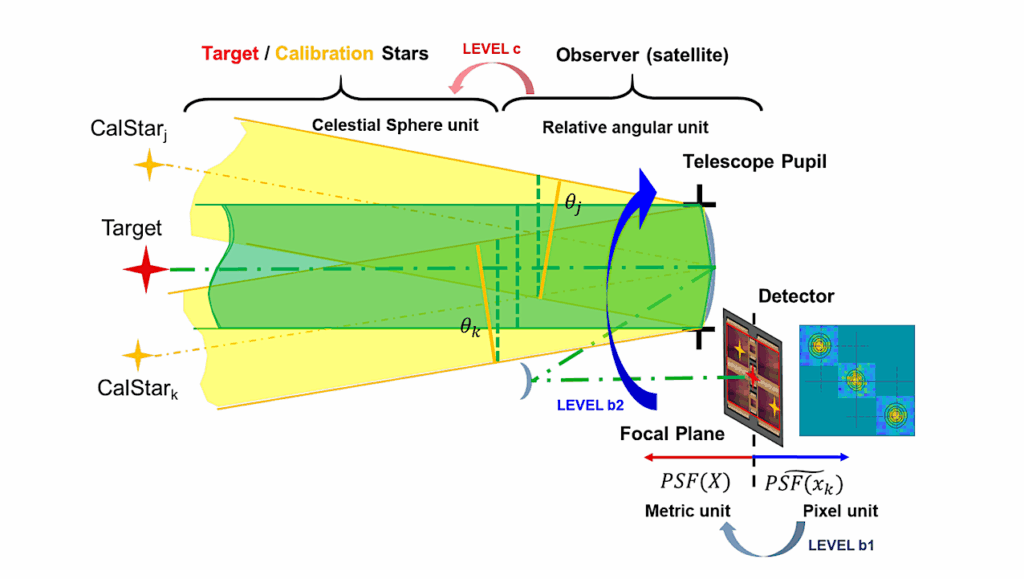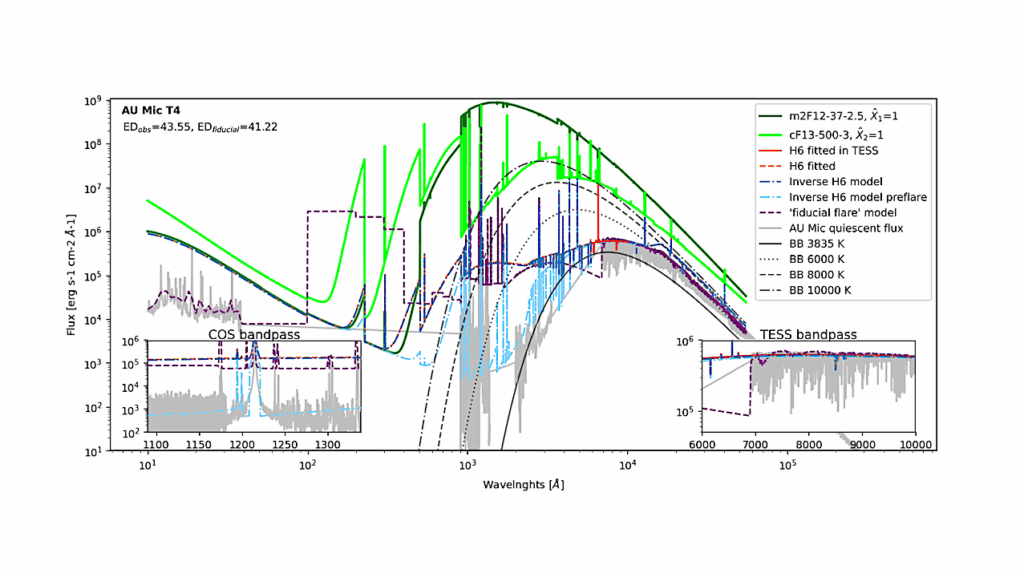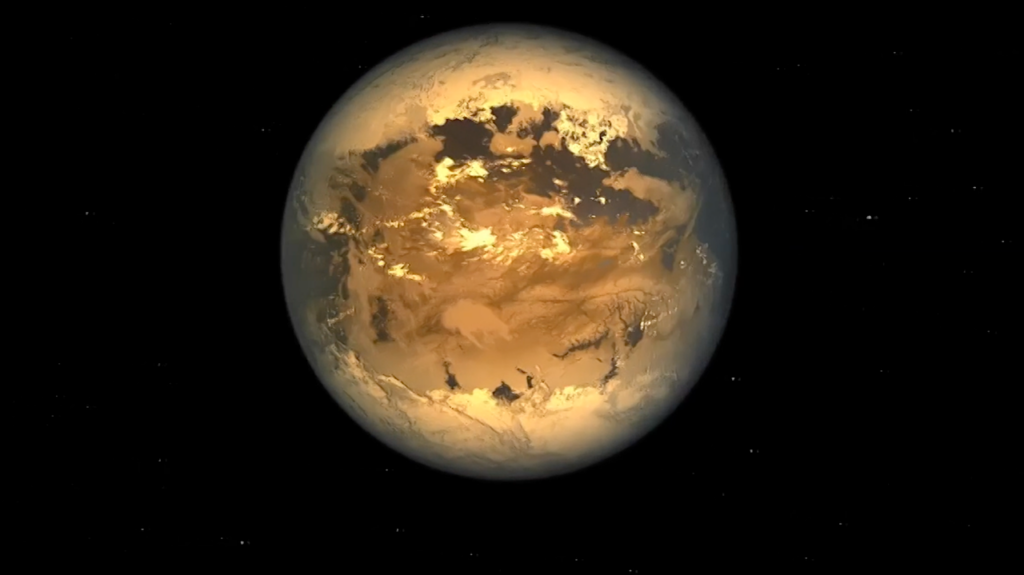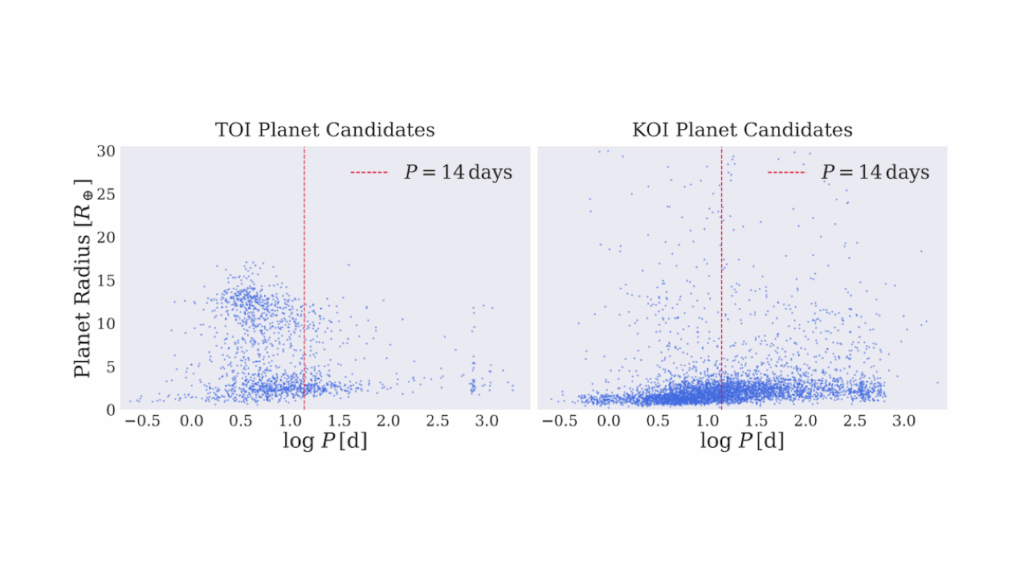Formation Of Super-Earths In Icy Dead Zones Around Low-mass Stars

While giant planet occurrence rates increase with stellar mass, occurrence rates of close-in super-Earths decrease.
This is in contradiction to the expectation that the total mass of the planets in a system scale with the protoplanetary disc mass and hence the stellar mass. Since the snow line plays an important role in the planet formation process we examine differences in the temperature structure of protoplanetary gas discs around stars of different mass.
Protoplanetary discs likely contain a dead zone at the midplane that is sufficiently cold and dense for the magneto-rotational instability to be suppressed. As material builds up, the outer parts of the dead zone may be heated by self-gravity. The temperature in the disc can be below the snow line temperature far from the star and in the inner parts of a dead zone.
The inner icy region has a larger radial extent around smaller mass stars. The increased mass of solid icy material may allow for the in situ formation of larger and more numerous planets close to a low-mass star. Super-Earths that form in the inner icy region may have a composition that includes a significant fraction of volatiles.
David Vallet, Anna C. Childs, Rebecca G. Martin, Mario Livio, Stephen Lepp
Comments: Accepted for publication in MNRAS Letters
Subjects: Earth and Planetary Astrophysics (astro-ph.EP)
Cite as: arXiv:2211.07759 [astro-ph.EP] (or arXiv:2211.07759v1 [astro-ph.EP] for this version)
https://doi.org/10.48550/arXiv.2211.07759
Focus to learn more
Submission history
From: Rebecca Martin
[v1] Mon, 14 Nov 2022 21:25:11 UTC (72 KB)
https://arxiv.org/abs/2211.07759
Astrobiology








